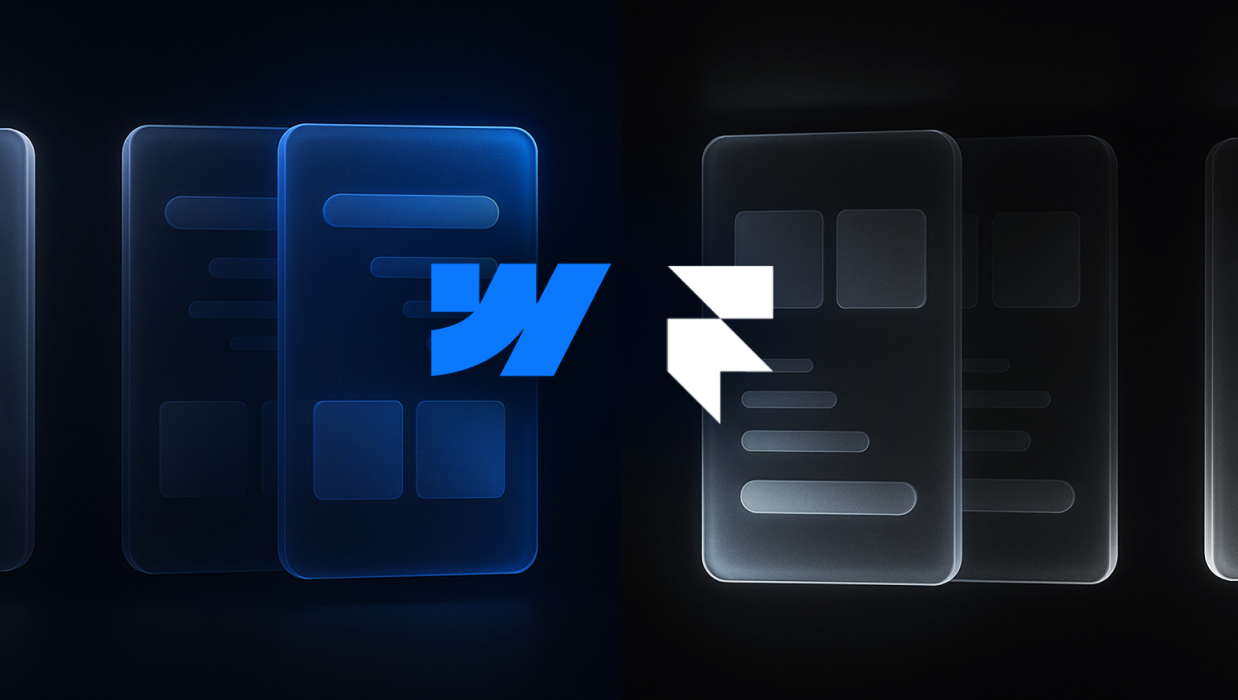
Securing Your SaaS Website in Webflow: Best Practices and Common Misconceptions
Webflow Security Best Practices
First off, Webflow takes the security of its platform very seriously. It has robust built-in security features to safeguard your site from threats. One essential aspect of Webflow security is SSL encryption, which ensures data transmitted between your site and your users is private and secure. If your SaaS platform requires the collection of user data, SSL encryption is non-negotiable.
However, the responsibility for maintaining security doesn’t rest solely on the platform. As a site owner, there are several measures you can implement to increase the safety of your site. Regularly updating your site and checking for potential vulnerabilities is a vital proactive measure. Make it a routine to review your site and ensure it's leveraging the latest security features Webflow offers.

Debunking the Webflow Encryption Misconception
One common misconception is that Webflow does not offer encryption. This belief is far from the truth. All Webflow sites come with free, auto-renewing SSL certificates. In other words, your site has encryption right from the get-go. Additionally, Webflow provides secure, password-protected pages, ensuring that sensitive information is only accessible to authorized personnel.
Protecting Your Website from Malware
The possibility of a malware attack is a concern for any website owner. Luckily, Webflow's hosting infrastructure has robust defenses against distributed denial-of-service (DDoS) attacks. It's also important for website owners to secure their own systems, as compromised computers can be used as a vector to inject malware into a site. Remember, security isn't a set-it-and-forget-it process. It's important to regularly audit your site, keep abreast of security best practices, and ensure your site is taking full advantage of the features Webflow offers.

The Security Imperative in the SaaS Space
When you're operating in the SaaS space, your website's security is paramount. A breach could lead to a loss of trust among your user base, negatively affecting your bottom line. It's critical to demonstrate to your users that you take their data privacy and security seriously, and Webflow’s robust security features help you do just that. Ultimately, website security is a shared responsibility between you and your web platform. By taking proactive steps and leveraging the built-in security features of Webflow, you can safeguard your SaaS website and maintain the trust of your users. Always remember: when it comes to website security, an ounce of prevention is worth a pound of cure.
FAQs
More reads

A practical guide for B2B SaaS teams choosing between Framer and Webflow, with clear recommendations, real insights from our experts and the data you need to pick the right platform for your next stage of growth.
.png)
Picture this: A prospect asks ChatGPT about your B2B SaaS product. The AI pulls data from across the web and... finds nothing useful. Or worse, it shows outdated third-party content instead of your actual site. This happens more often than you'd think. But there’s a dead-simple fix.

The world of Webflow and web design comes with its own unique vocabulary, and understanding these terms is crucial for effective communication between designers, developers, and clients.